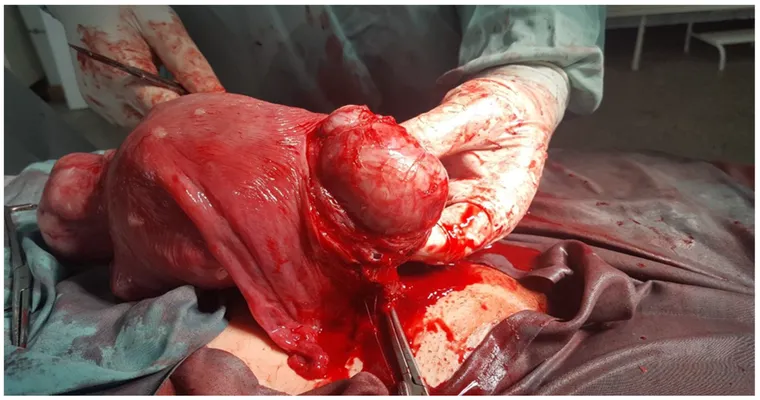Experiencing "spotting" years after a "hysterectomy" can be concerning and may lead to questions about the underlying causes. While a hysterectomy typically involves the removal of the uterus, which often eliminates menstrual cycles, some women may still experience unusual bleeding or spotting. Understanding the potential reasons behind this phenomenon is essential for any woman who has undergone the procedure.
One of the primary reasons for spotting years after a hysterectomy could be related to "hormonal changes". Even after the removal of the uterus, if the ovaries are intact, they can still produce hormones like estrogen and progesterone. Any fluctuations or imbalances in these hormones can lead to spotting. Additionally, women who have undergone a "partial hysterectomy", where the cervix is left intact, may still experience cervical changes that can result in light bleeding.
Another cause for spotting could be related to the use of "hormone replacement therapy (HRT)". Some women choose to undergo HRT to alleviate symptoms of menopause. If the dosage or type of hormone therapy is not appropriate for the individual, it can lead to spotting or breakthrough bleeding. Regular check-ins with a healthcare provider can help in managing these symptoms effectively.
Infections can also be a factor. Conditions such as "vaginal infections" or "pelvic inflammatory disease (PID)" can cause inflammation and irritation in the vaginal area, leading to spotting. It is crucial to seek medical advice if you suspect an infection, as these conditions often require treatment to prevent further complications.
Another potential cause of spotting is the presence of "polyps" or "fibroids". Even after a hysterectomy, some women may develop polyps in the vaginal canal or cervix, which can lead to irregular bleeding. Fibroids can also occasionally develop outside of the uterus, and these growths can cause discomfort and spotting.
Lastly, the possibility of "vaginal atrophy" due to decreased estrogen levels can also lead to spotting. This condition, often seen in postmenopausal women, causes the vaginal walls to become thin and dry, making them more susceptible to irritation and minor injuries that can result in spotting.
In conclusion, while spotting years after a hysterectomy can be alarming, it is essential to remember that various factors can contribute to this issue. Hormonal changes, infections, the use of hormone replacement therapy, and the presence of polyps or fibroids are all potential causes. If you experience any spotting after a hysterectomy, it is crucial to consult with your healthcare provider for a thorough evaluation and appropriate management. Being proactive about your health can help you address any concerns and maintain your well-being.





